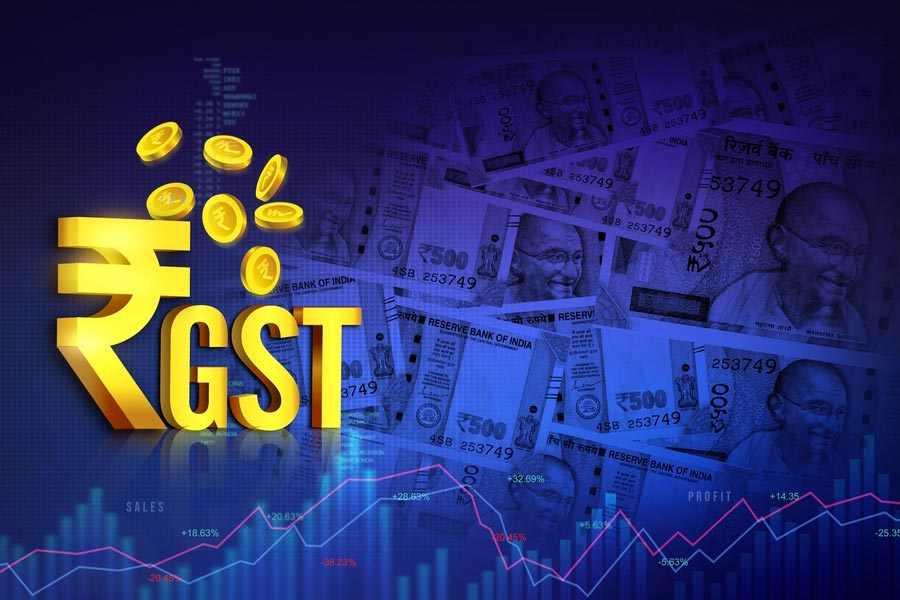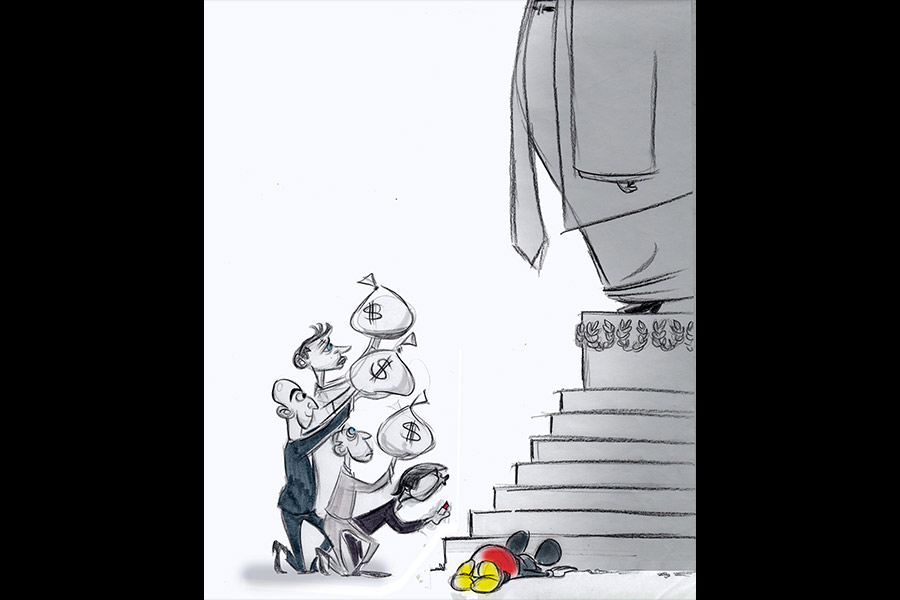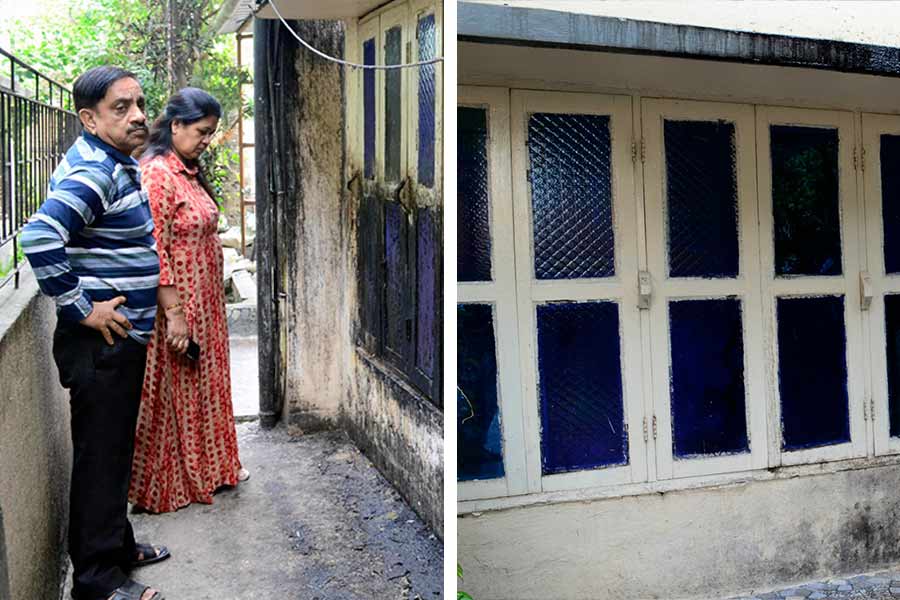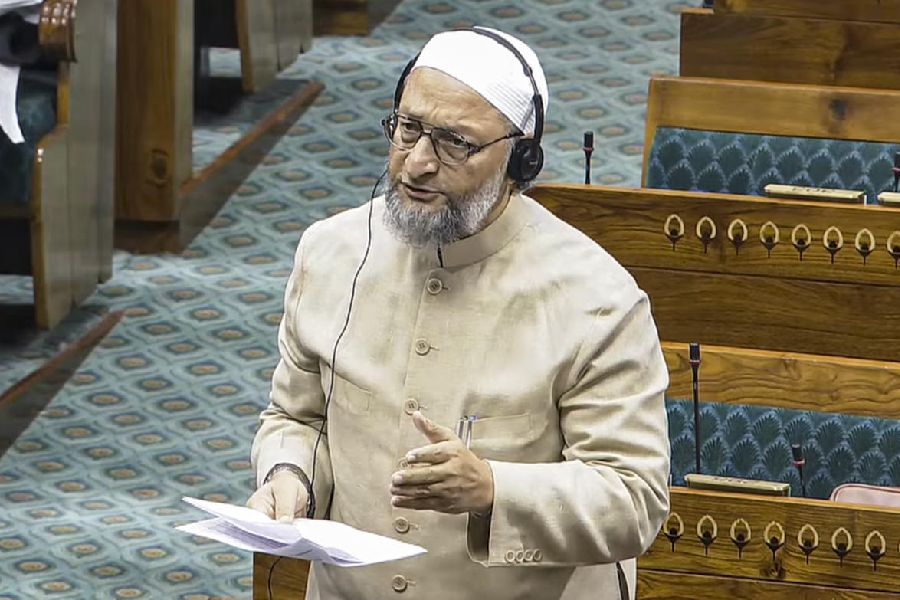The gross goods and services tax (GST) collections grew 7.3 per cent year-on-year to ₹1.77 lakh crore in December, government data released on Thursday showed.
The mop-up marked a decline of 3 per cent sequentially, touching a three-month low following festive season highs.
Central GST (CGST) collections stood at ₹32,836 crore, state GST (SGST) at ₹40,499 crore, integrated GST (IGST) at ₹47,783 crore and cess at ₹11,471 crore.
In November, GST collections reached ₹1.82 lakh crore, growing 8.5 per cent year-on-year, while October’s ₹1.87 lakh crore marked the second-highest monthly collection to date.
The highest ever GST revenue was recorded in April 2024 at over ₹2.10 lakh crore.
Year-to-date GST collections reached ₹16.33 lakh crore, up 9.1 per cent from the same period in the previous year. The festive season (August–December) saw an 8.24 per cent rise in collections.
Vivek Jalan, partner at Tax Connect Advisory Services LLP, noted that GST embodies the spirit of federalism and now it is moving towards "competitive federalism" between the Centre and states.
A picture of this is painted by data: the state GST (SGST) formations have jurisdiction over 40 per cent more GSTINs than central GST (CGST) formations, yet the GST collections by SGST formations over CGST formations is around 13 per cent more.
Further the year-on-year YTD growth by CGST formations in GST revenue is 10.8 per cent and SGST formations is 9.6 per cent.
"This may reflect the fact that possibly the division of taxpayers between the Centre and States may be scrutinised going forward by the GST Council,” Jalan said.
M.S. Mani, partner at Deloitte India, emphasised the stability of the GST framework, citing an 8.6 per cent annual increase in collections despite a 13.5 per cent rise in refunds. However, he flagged low growth in key states such as Uttar Pradesh, Bihar, and Gujarat as an area of concern for policymakers.
Saurabh Agarwal, tax partner at EY India, attributed the slowdown to seasonal consumer spending patterns but pointed to strong GST growth in regions such as Jammu & Kashmir and Sikkim, which signals robust local economies.
Agarwal also linked reduced GST on imports and increased export refunds to India’s push for self-reliance under the “Atmanirbhar Bharat” initiative.











